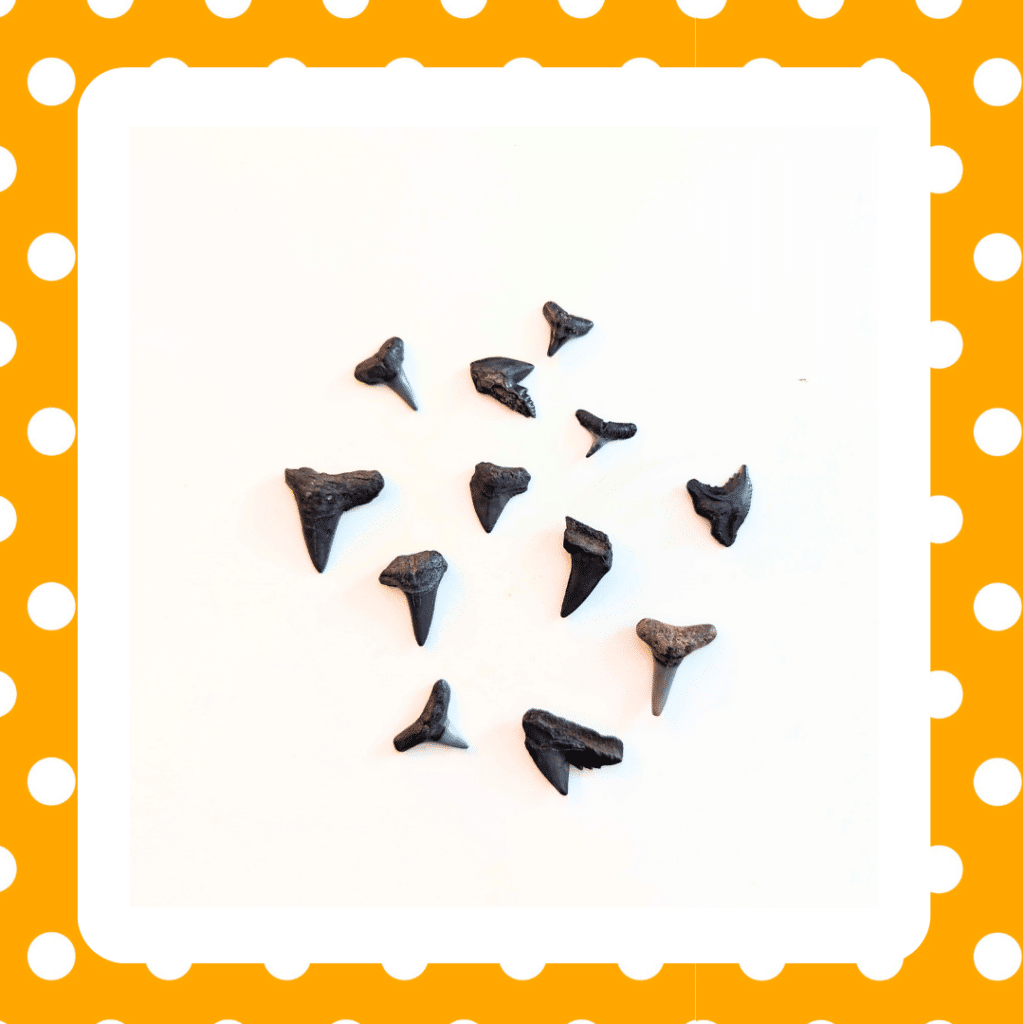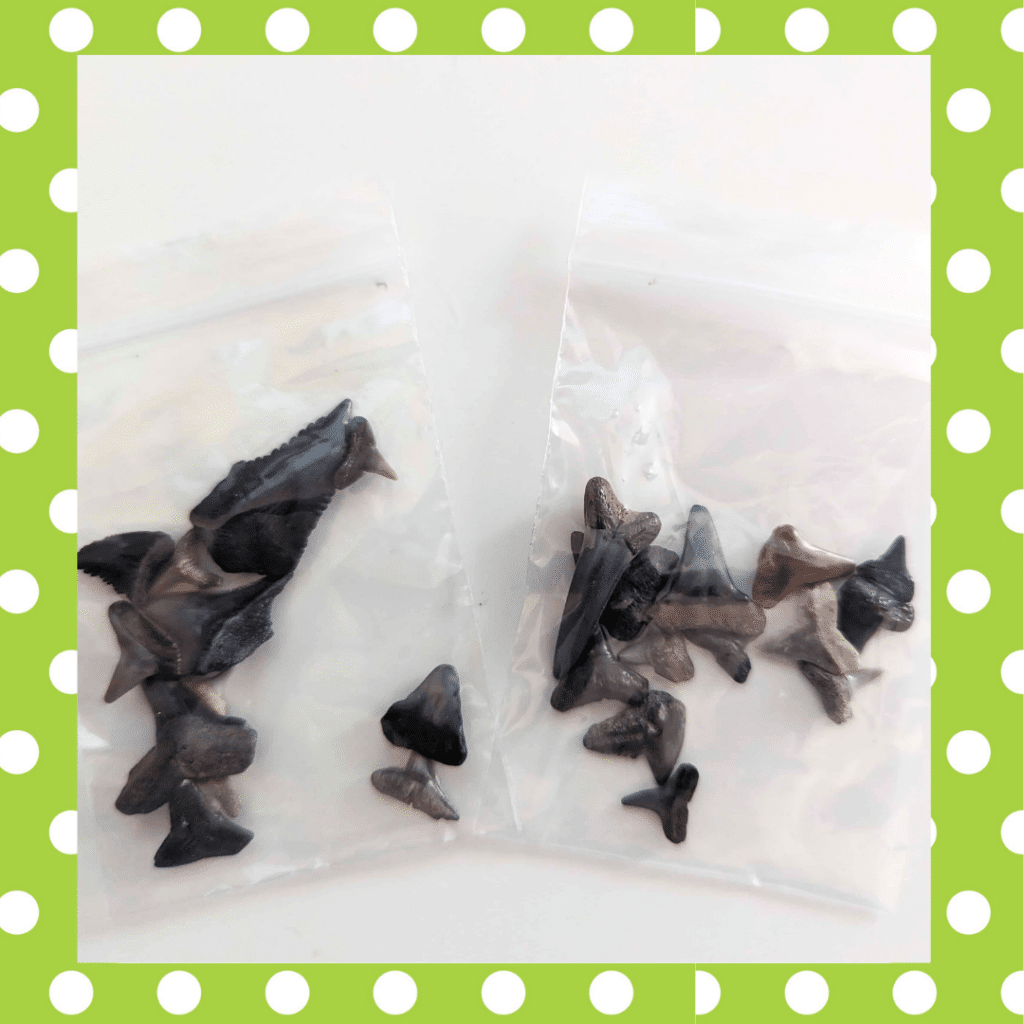Packet of 15 Real Shark Teeth
Amp up your science with this set of real shark teeth! Kids love these!
You’ll receive various sizes and types of teeth, which your children can enjoy identifying and classifying.
We do not guarantee you will get the exact same teeth as shown in the photo. They vary greatly in size.
There are 15 in this packet, sourced from Florida. Download our free shark 70+ page lesson to use with these teeth.
PLEASE NOTE: THIS CAN ONLY BE SHIPPED TO U.S. ADDRESSES AND APOS. Any orders outside the USA will be refunded with a $3 restock fee.
Download our free shark printable unit that is available here on our site. It is 70 pages of lessons, informational write-ups, and activities. It can be used with a wide range of grade levels. If you just want the printable unit, you can download it here.
If you would like to order 2 packets, we have a package price listed below.
Please allow 10 business days for delivery. All items ship from North Carolina via the USPS. We will email you the tracking number when it ships.
US shipping addresses only.
Our actual shipping costs are $5, this is factored into the price.
Price: $17.07, which includes $5 priority mail shipping with tracking.
2 Packets of Real Shark Teeth – Best Value!
Amp up your science with this set of real shark teeth! Kids love these!
There are 30 in this packet, sourced from Florida. Download our free shark 70+ page lesson to use with these teeth.
You’ll receive various sizes and types of teeth, which your children can enjoy identifying and classifying. We do not guarantee you will get the exact same teeth as shown in the photo. They vary greatly in size.
PLEASE NOTE: THIS CAN ONLY BE SHIPPED TO U.S. ADDRESSES AND APOS. Any orders outside the USA will be refunded with a $5 restock fee.
Download our free shark printable unit that is available here on our site. It is 70 pages of lessons, informational write-ups, and activities. It can be used with a wide range of grade levels. If you just want the printable unit, you can download it here.
Please allow 10 business days for delivery. All items ship from North Carolina via the USPS. We will email you the tracking number when it ships.
US shipping addresses only.
Our actual shipping costs are $5, this is factored into the price.




